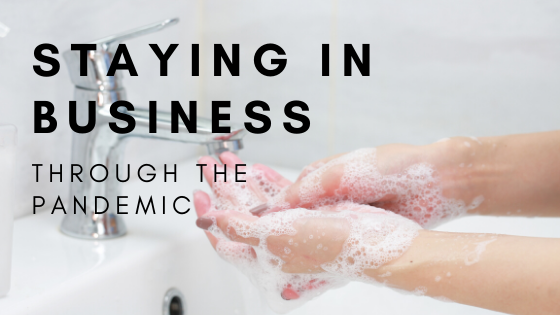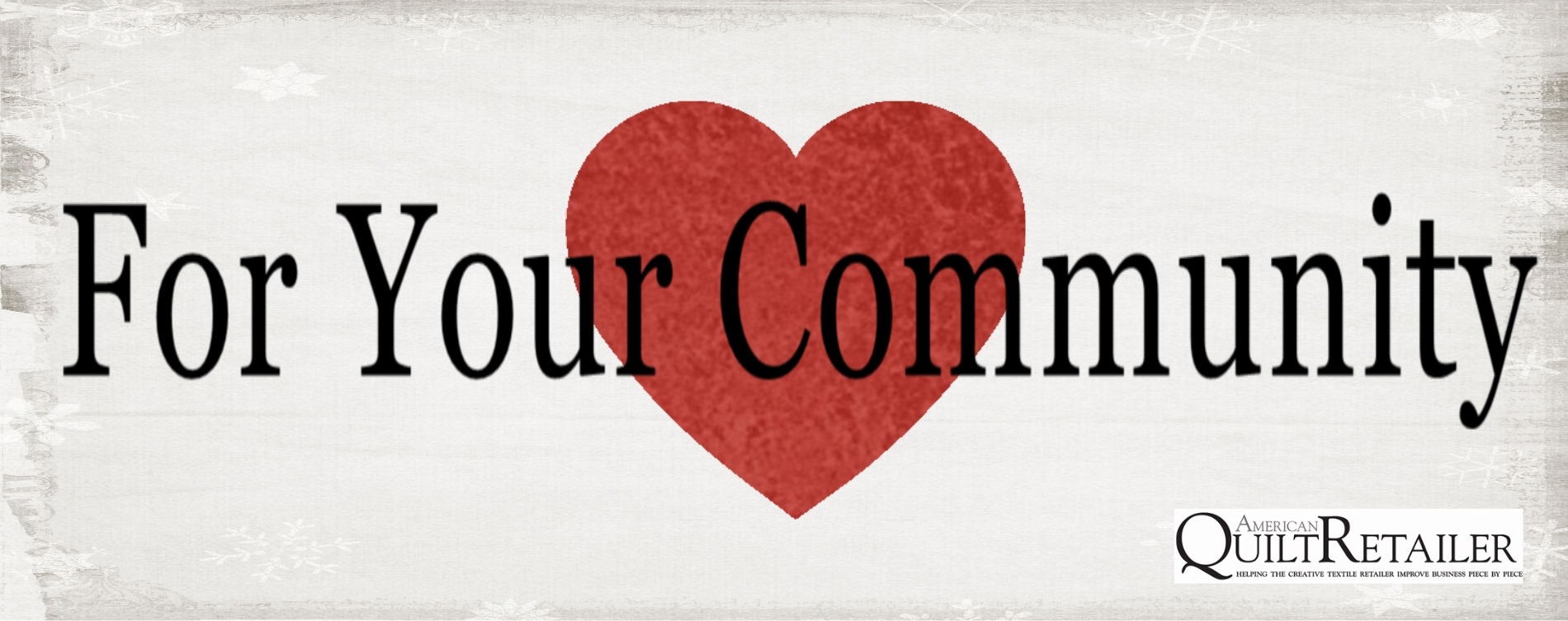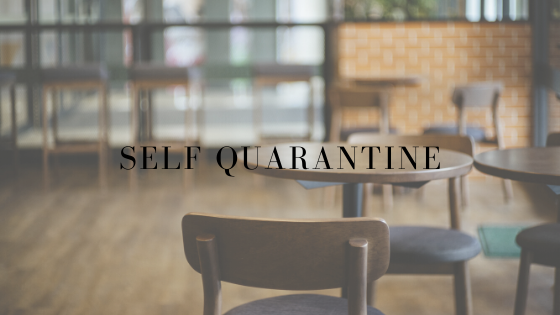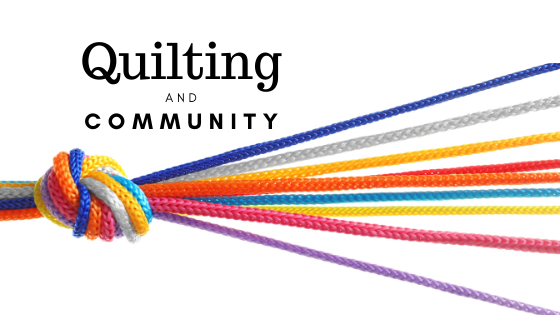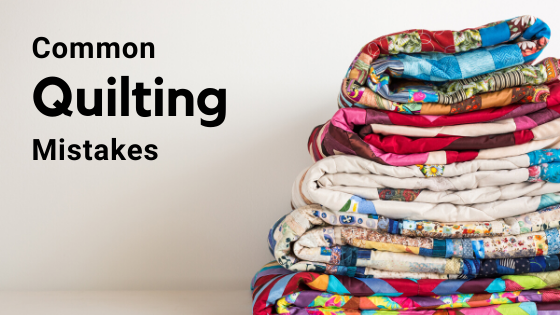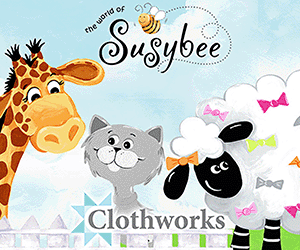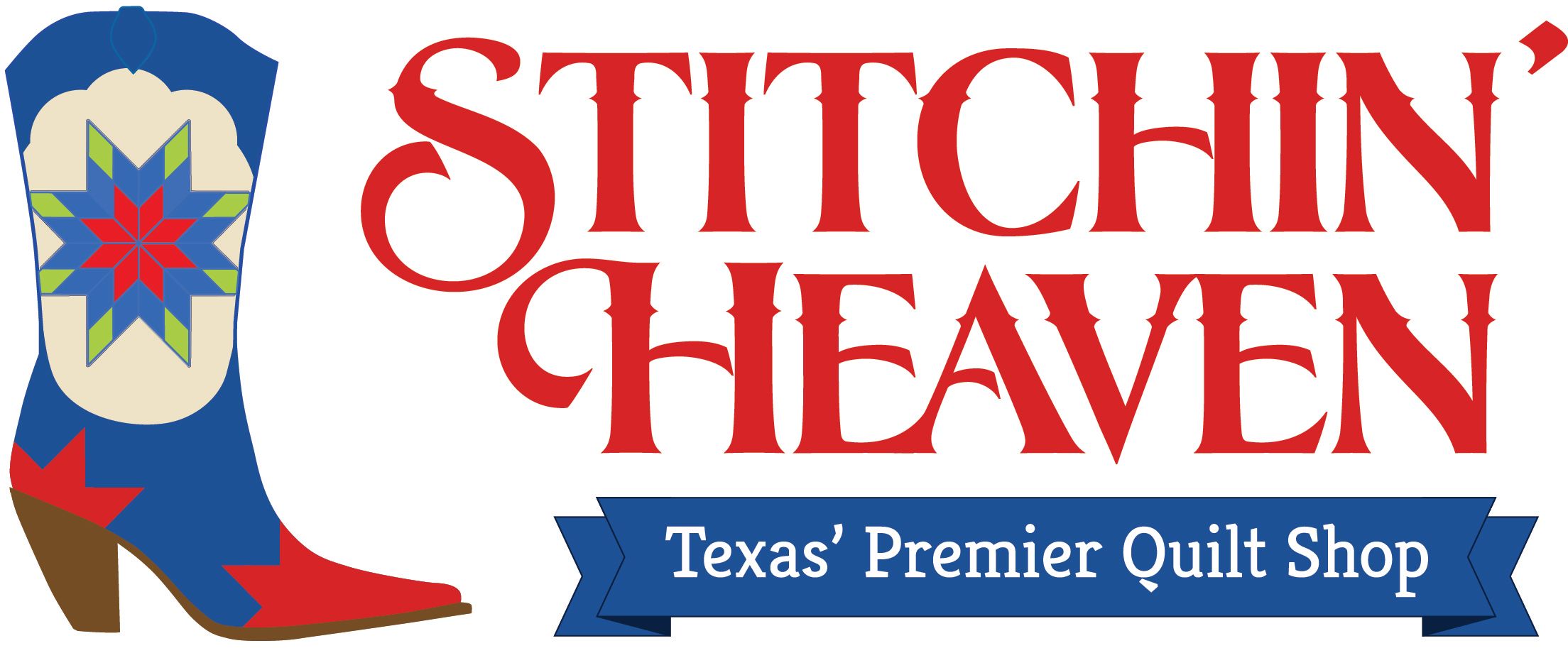
Owners of Stitchin’ Heaven, Deb and her son Clay Luttrell, have been named the District 2020 Small Business Person of the Year by the Dallas-Fort Worth Small Business Administration.
Deb founded Stitchin’ Heaven—the largest quilt store in Texas—in 1996 and has since grown the quilt shop into a multimillion-dollar business. They’ve expanded their offerings to include online sales, projects, education, and group travel. Clay officially joined the Stitchin’ Heaven team in 2017 and facilitated the opening of a new location. The 17,500 square-foot store opened October 2019 in Quitman, TX (population 1,800).
Like many quilt retailers across the country, the pandemic has forced Stitchin’ Heaven to close its retail doors. Many factors went into the decision to close up shop before the state-mandated order. The safety of employees and customers as well as the fact that Stitchin’ Heaven is a destination attraction were among these reasons.
Stitchin’ Heaven is known for remaining relevant during ever-changing times. They’ve started hosting weekly quarantine quilt alongs on Facebook live and maintained their Block of the Month program.
What Stitchin’ Heaven is doing to help
Sewers across this nation are proving to be essential workers by providing essential supplies, like face masks. This rings true with Stitchin’ Heaven when they sent a customer going through a tough time supplies to make masks. This customers sent some of these supplies to her sister, who made 25 masks for her local health care facility. Now, her entire extended family are making masks that go as far as Arkansas and Tennessee.
“It starts as a little flicker,” Deb said. “And now we’re at bonfire level. If you have an idea, act on it, don’t wait. You never know when you act what other things will happen.”
Deb’s piece of advice during these difficult times is to remember that everything your business does should be done with the customer in mind.
And of course, Deb is grateful for everyone who helped along the way.
“Clay and I would like to thank all of our loyal customers who have been faithful to the business, our dedicated employees who work hard every day to provide exceptional service, our family who have played such a key role in the success of Stitchin’ Heaven, and the City of Quitman for their continued support. We have big plans for 2020 and beyond and can’t wait to continue growing as a household name for quilters around the country.”
If you’re looking for more information to guide you in owning a retail business, subscribe to American Quilt Retailer today. Already a subscriber? No worries—join our Facebook group for insights and dialogue from industry specialists like you.


